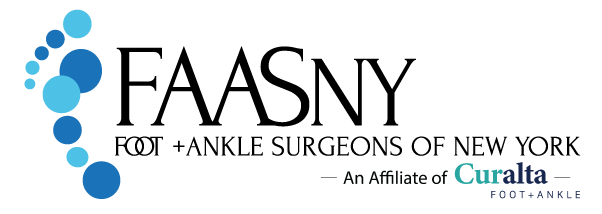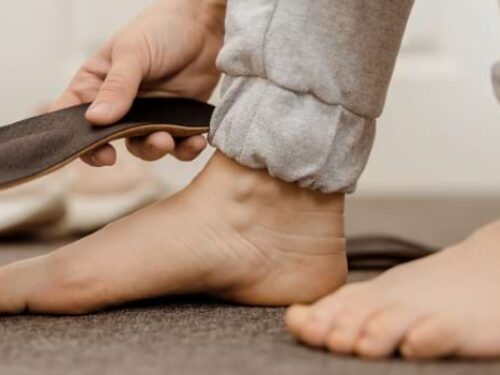
Bunion Pain – The Right Footwear
What do you consider when buying shoes, style or comfort? Majority of women, and men, buy shoes based on style alone and this comes at a cost. Bunions and hammertoes are common unsightly foot deformities caused by fashionable shoes. Many continue to suffer with the pain and put off any treatment, especially surgery, often due to a lack of information about treatment options.
A bunion is a bump at the inner side of the foot at the big toe joint, usually a progressively worsening condition. Hammertoes are contractures of the smaller toes. They can be present from early teen years through any age. Bunions and hammertoes are hereditary and are most often caused by an inherited faulty biomechanical structure of the foot that is then made worse by shoe choices. It is not the bunion itself that is inherited, but the foot type that make a person prone to developing the condition.
Considering they are bony structural problems, the most effective treatment is surgery. Many people, however, postpone surgery due to certain misconceptions that are still widely present but, for the most part, are no longer applicable.
A very common misconception is that foot surgery requires a long healing time, necessitating extended time off from work and use of crutches and casts. While this was common in the past, new techniques allow patients to return to activities much quickly. Today, majority of patients having bunion surgery can walk immediately after surgery in a walking boot. Recent technological advancements in the area of bone fixation devices allow for this. Usually, the patient can advance to sneakers in three weeks and to most activities by 6 weeks.
While pain is very much subjective, foot procedures are no more painful than any other surgery. With newer approaches in surgery and postoperative management, patients experience very little pain. These more modern techniques utilize smaller incisions and less extensive soft tissue dissection which in turn, minimizes pain and healing time.
An unsightly scar is often cited as a deterrence by those considering foot surgery. While scarring is often influenced by one’s genetics, there are several factors to consider in minimizing their visibility. Smaller incisions and placement on the inside of the foot where it is not visible from the top are possible. The same is true for hammertoes as well. Plastic surgery techniques can be utilized to greatly minimize scarring.
Timing for bunion surgery is often debated. It was thought best to avoid surgery unless a bunion is very painful, but this slowly changing. Since these deformities worsen over time, it is sensible to address them earlier than later in life. There are also advantages to this since putting off surgery may worsen the condition leading to more aggressive procedures and longer recuperation. Also, healing time after surgery usually increases with age.
Will my bunion come back after surgery? In most cases, patients will maintain their results and are satisfied long term, but recurrence is possible. Certain foot types are prone to recurrence, such as those with excessive laxity of the foot joints. These patients should pay closer attention to shoe choices and should consider the role of orthotics after surgery. Another reason for recurrence is having had the incorrect procedure performed to favor a shorter recuperation.
Bunion surgery is a more common option nowadays and can be less daunting when done using the latest and most advanced techniques. The results will allow you to experience a better quality of life and put an end to the pain that conservative options cannot resolve. Discuss your condition with your foot and ankle surgeon and choose what would provide you with the best results. Ultimately, an individualized care plan should be created that is unique to your needs.
View Article in PDF: DrAlencherryArticle-JF15
http://bellanycmag.com/?p=19958




